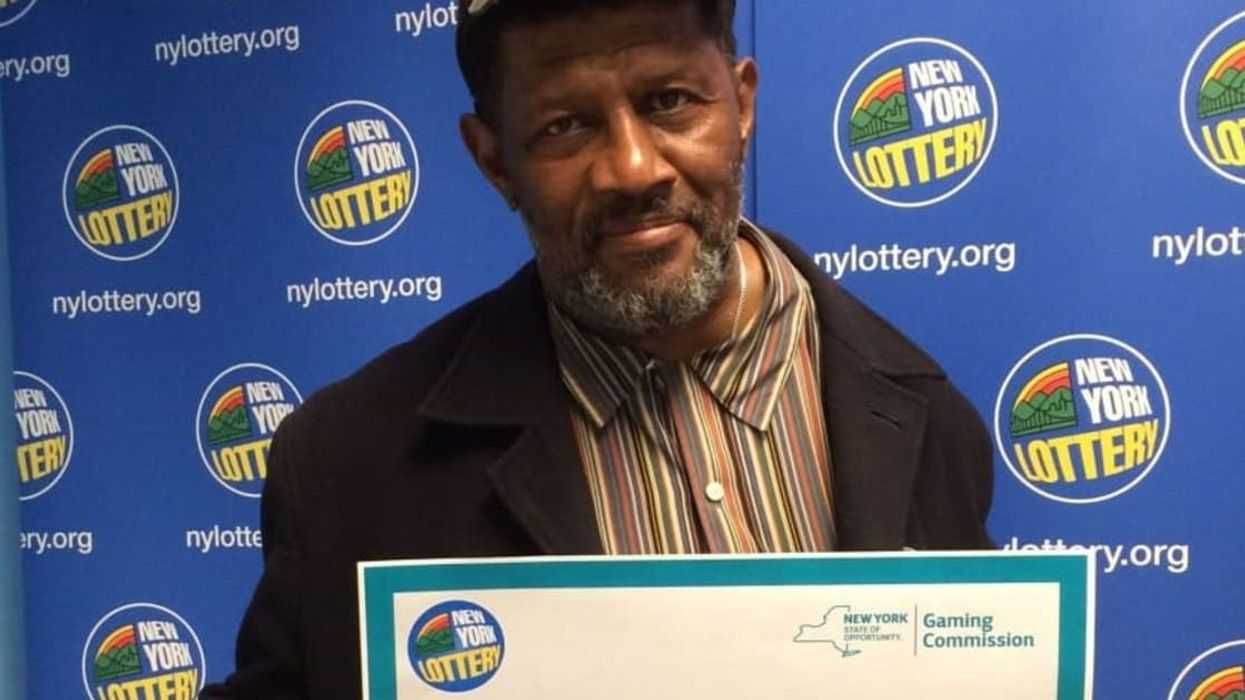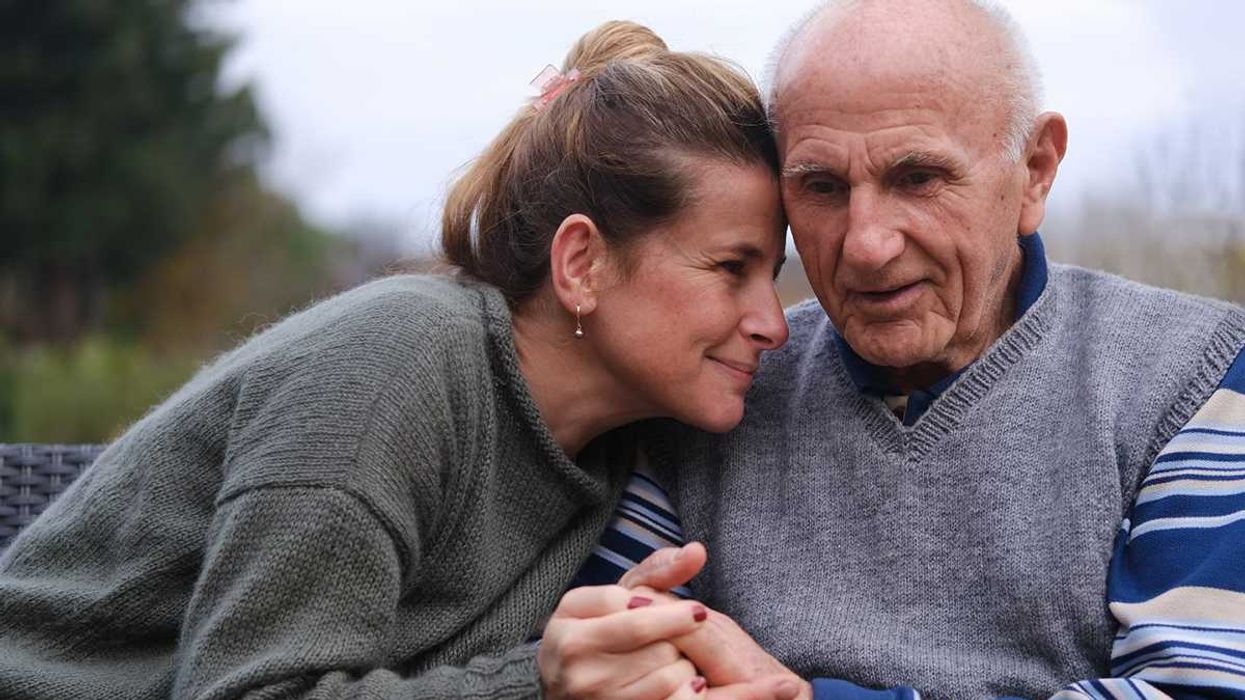America's decades-long war on drugs disproportionately harmed minorities. Now, it seems that decriminalization of marijuana hasn't leveled the playing field.
Black men are 12 times more likely than white men to spend time incarcerated in the United States. College enrollment for black men has declined since the 1986 Anti-Drug Abuse Act went into effect.
I am a scholar of public policy. In my book, "From Criminalizing to Decriminalizing Marijuana: The Politics of Social Control," I aim to provide a historic overview of marijuana legislation and its impact on minorities.
Unequal easing
Today, some drug laws related to marijuana are easing. Twenty five states have introduced decriminalization reforms, with 11 states allowing adult recreational use. Such reforms directly impact adults 21 years of age and older, but they also have indirect effect on younger Americans.
Even though marijuana is still illegal for people under 21, evidence is emerging that decriminalization is increasing the number of kids who consume weed illegally.
As I wrote in my book, young people have always been the main buyers of marijuana. Smoking marijuana has become an important part of growing up for many U.S. teenagers, a fact not acknowledged by any marijuana reform advocacy analysis.
Additionally, crime data show that even in the most permissive legal environments, minority youth continue to be disproportionately arrested and convicted on marijuana charges.
Youth using marijuana
From 2000 to 2014, self-reported usage rates in Americans 15 years of age and older doubled. These rates include teens and those under 21, for whom marijuana use continues to be and most likely will continue to be illegal.
Those who advocate for marijuana reform ignore the fact that looser laws promote more marijuana use, especially by young and marginalized Americans who buy the drug in illegal markets.
For example, arrest data show that in Colorado, legalizing recreational use for anyone 21 and over caused a significant increase in the arrest rates of African Americans and Hispanics under that legal age limit. At the same time, arrests for underage whites decreased.
In Washington state, arrests on all marijuana charges fell by 90% between 2008 and 2014, but "hazard rates" for African Americans remained unchanged. This means they were still twice as likely as whites to be arrested on marijuana charges.
In other words, decriminalization has done little to change historical patterns in national marijuana arrest trends.
What drives reform?
Liberal Americans tend to believe marijuana legalization drives reform.
There are three distinctly different categories of marijuana policy reform – decriminalization of possessing a small amount of marijuana, legalizing medical marijuana and decriminalizing recreational use.
The reform diffusion trend picked impetus in 2000, when Hawaii and Nevada legalized medical marijuana through their state legislatures.
This signaled the beginning of the political normalization of marijuana reform. Previously, medical marijuana laws were reformed largely by ballot initiatives in states with constitutions that have a direct democracy measure.
In my book, I analyzed the political, economic and demographic predictors of each type of policy reform from 2000 to 2014. The results indicate that rising marijuana usage rates, a ballot initiative allowing voters a say in the matter and the experience of neighboring states are the main factors driving decriminalization in general.
In all three cases of reform, usage rates were the strongest predictive factor. They had remained largely unchanged until the wave of decriminalization started two decades ago. As state laws reformed, usage rates started to marginally, yet steadily increase. Since 2000 they have doubled nationally.
The strongest spikes are in states that are known as leaders in not just decriminalization, but which are relatively more permissive in terms of possession, access and oversight like Washington and Vermont.
States with a relatively large African American population, such as Mississippi, North Carolina and New York, were more likely to decriminalize small amount possession first, possibly in an attempt to tackle social injustice.
States such as Maryland, Virginia and Rhode Island have legalized medical use without previously decriminalizing small amount possession.
Decriminalizing recreational use occurred mainly as a function of high marijuana usage rates in states like Massachusetts, Oregon and Colorado.
The consequences
Reports regarding the arrest rates for youths may indicate unintended consequences of decriminalization.
These consequences include increased police discretion, providing incentives for youth consumption in illegal markets and exacerbating racial problems in juvenile justice.
If reform advocates want to address the historical wrongs of the war on drugs, they have to figure out how to tackle the cultural promotion of marijuana use which goes hand in hand with the political promotion of decriminalization.
Nikolay Anguelov is Associate Professor of Public Policy, University of Massachusetts Dartmouth
This article was originally published on The Conversation on April 9, 2020.


















 Ladder leads out of darkness.Photo credit
Ladder leads out of darkness.Photo credit  Woman's reflection in shadow.Photo credit
Woman's reflection in shadow.Photo credit  Young woman frazzled.Photo credit
Young woman frazzled.Photo credit 



Will your current friends still be with you after seven years?
Professor shares how many years a friendship must last before it'll become lifelong
Think of your best friend. How long have you known them? Growing up, children make friends and say they’ll be best friends forever. That’s where “BFF” came from, for crying out loud. But is the concept of the lifelong friend real? If so, how many years of friendship will have to bloom before a friendship goes the distance? Well, a Dutch study may have the answer to that last question.
Sociologist Gerald Mollenhorst and his team in the Netherlands did extensive research on friendships and made some interesting findings in his surveys and studies. Mollenhorst found that over half of your friendships will “shed” within seven years. However, the relationships that go past the seven-year mark tend to last. This led to the prevailing theory that most friendships lasting more than seven years would endure throughout a person’s lifetime.
In Mollenhorst’s findings, lifelong friendships seem to come down to one thing: reciprocal effort. The primary reason so many friendships form and fade within seven-year cycles has much to do with a person’s ages and life stages. A lot of people lose touch with elementary and high school friends because so many leave home to attend college. Work friends change when someone gets promoted or finds a better job in a different state. Some friends get married and have children, reducing one-on-one time together, and thus a friendship fades. It’s easy to lose friends, but naturally harder to keep them when you’re no longer in proximity.
Some people on Reddit even wonder if lifelong friendships are actually real or just a romanticized thought nowadays. However, older commenters showed that lifelong friendship is still possible:
“I met my friend on the first day of kindergarten. Maybe not the very first day, but within the first week. We were texting each other stupid memes just yesterday. This year we’ll both celebrate our 58th birthdays.”
“My oldest friend and I met when she was just 5 and I was 9. Next-door neighbors. We're now both over 60 and still talk weekly and visit at least twice a year.”
“I’m 55. I’ve just spent a weekend with friends I met 24 and 32 years ago respectively. I’m also still in touch with my penpal in the States. I was 15 when we started writing to each other.”
“My friends (3 of them) go back to my college days in my 20’s that I still talk to a minimum of once a week. I'm in my early 60s now.”
“We ebb and flow. Sometimes many years will pass as we go through different things and phases. Nobody gets buttsore if we aren’t in touch all the time. In our 50s we don’t try and argue or be petty like we did before. But I love them. I don’t need a weekly lunch to know that. I could make a call right now if I needed something. Same with them.”
Maintaining a friendship for life is never guaranteed, but there are ways, psychotherapists say, that can make a friendship last. It’s not easy, but for a friendship to last, both participants need to make room for patience and place greater weight on their similarities than on the differences that may develop over time. Along with that, it’s helpful to be tolerant of large distances and gaps of time between visits, too. It’s not easy, and it requires both people involved to be equally invested to keep the friendship alive and from becoming stagnant.
As tough as it sounds, it is still possible. You may be a fortunate person who can name several friends you’ve kept for over seven years or over seventy years. But if you’re not, every new friendship you make has the same chance and potential of being lifelong.